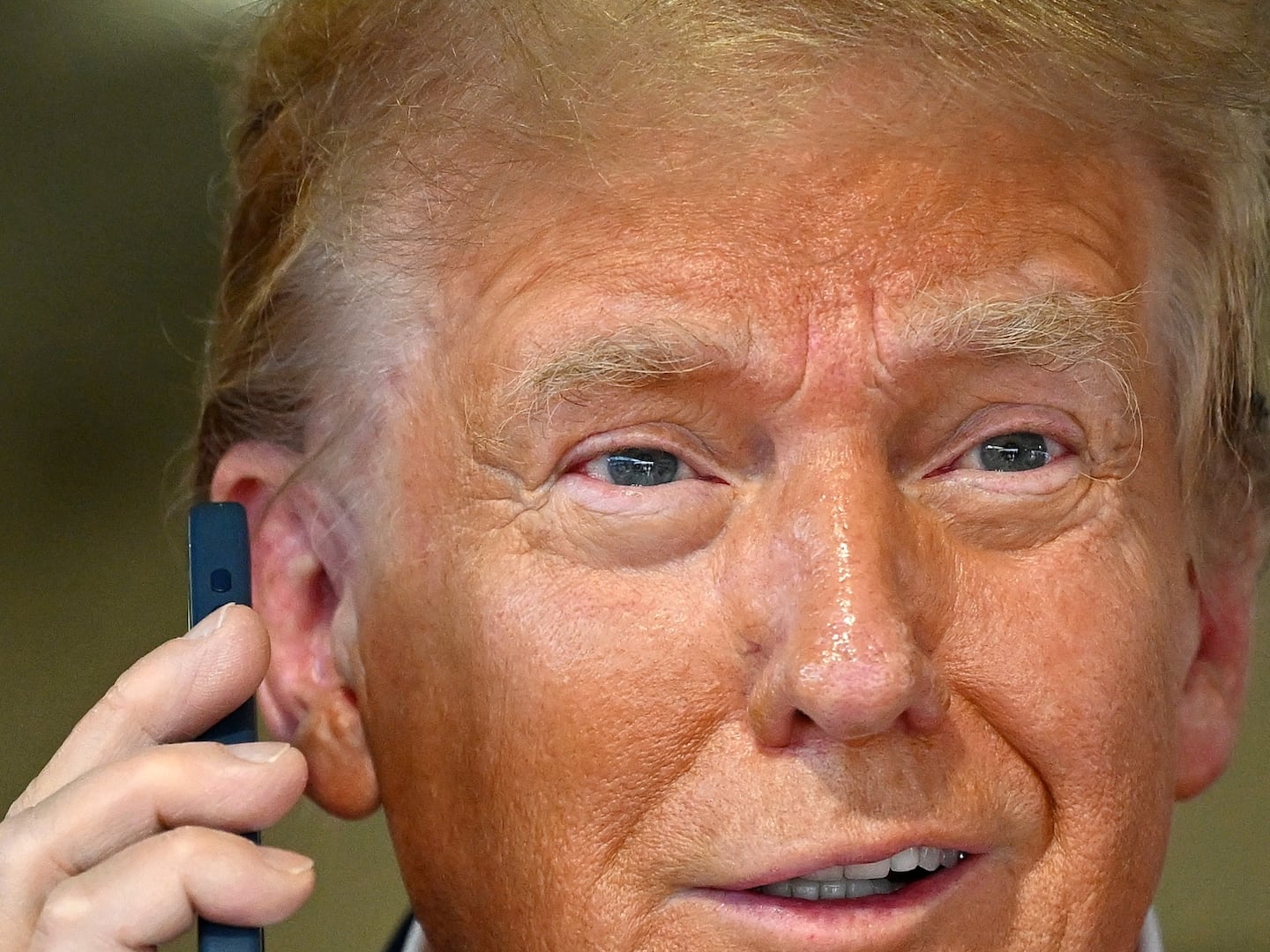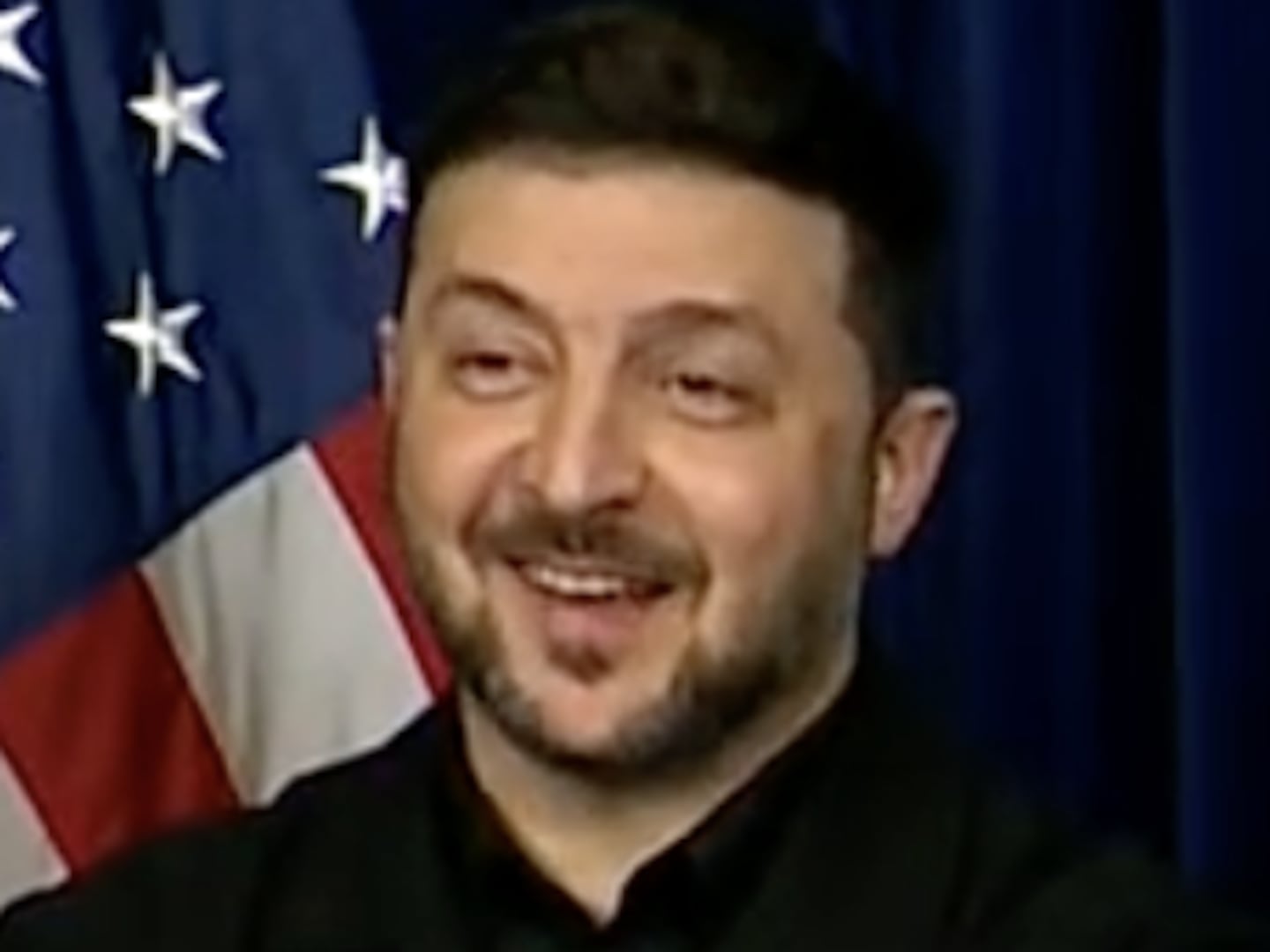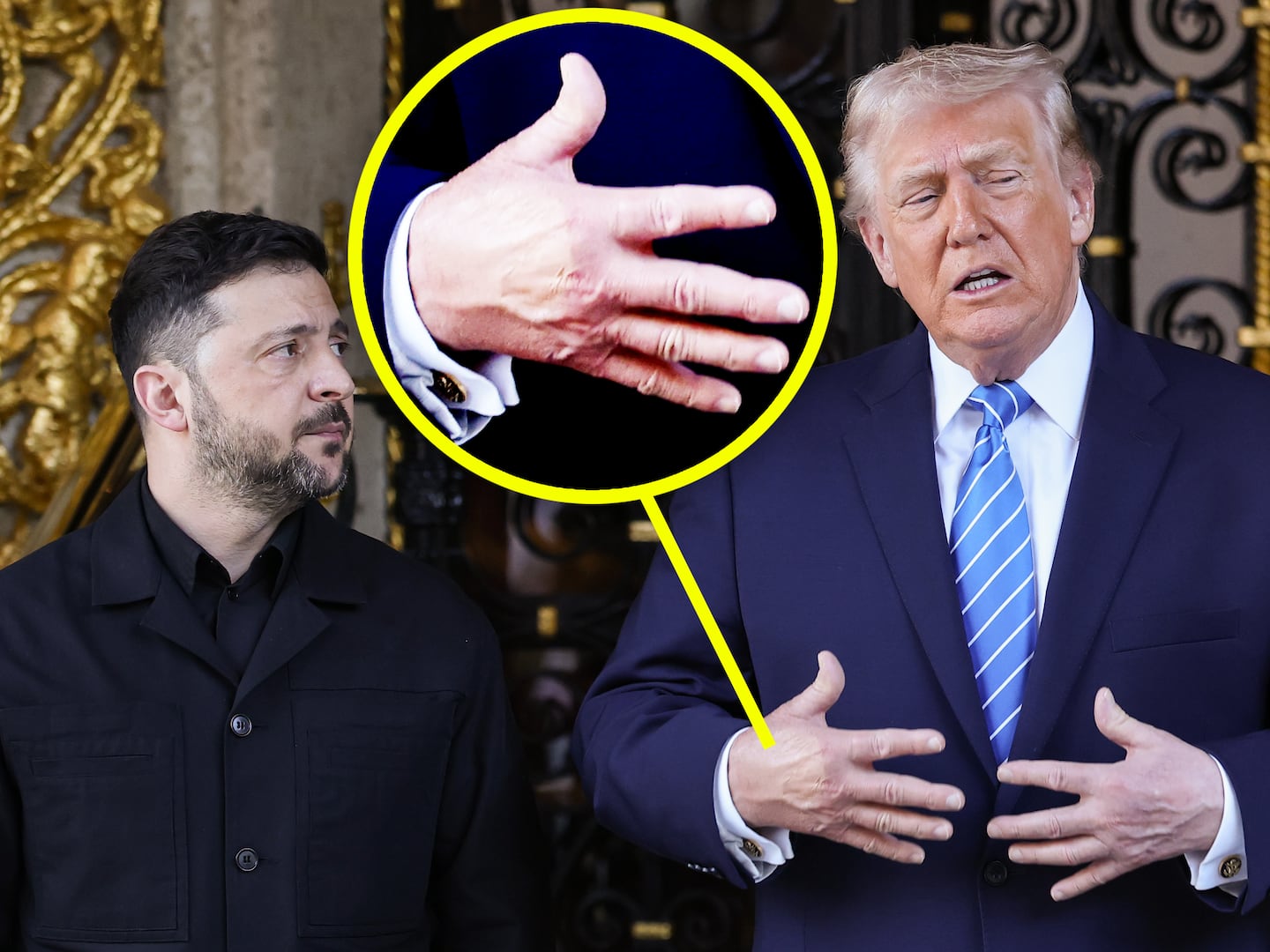Six weeks after the first American died of the coronavirus, around two-thirds of the U.S. population is on lockdown. Twenty-six states have ordered people to shelter in place, as have at least 74 counties and 14 cities in states that don’t have stay-at-home orders in effect.
That’s 223 million Americans who are sitting at home. Some of us might have family, roommates or pets. But compared to how we lived before the pandemic, tens of millions of us are pretty isolated.
And while necessary to help “flatten the curve” in new infections, the isolation can have mental and emotional effects in people—and wider effects in society—that can be dangerous.
As we settle in for what could be long self-quarantines, it’s worth talking to some experts in various forms and degrees of isolation.
First, consider the risks. “Social isolation is an extraordinarily powerful psychological stressor, especially if it is not taken seriously,” said Craig Haney, a professor of psychology at the University of California, Santa Cruz.
Haney should know. He studies solitary confinement in prisons.
“Human beings are social animals,” Haney added, “and the deprivation of meaningful social contact can produce depression, anxiety, irritability and, even worse, psychological maladies.”
Cleve Langdale, a 34-year-old U.S. Navy veteran, experienced this firsthand when he was machinist’s mate aboard the Hawaii-based submarine USS Charlotte between 2005 and 2009.
The 361-f00t Charlotte had a crew of 110. The crowding meant zero privacy for the rank and file, while at the same time they were “totally isolated from wider society” for months at a time, Langdale told The Daily Beast. “We could receive emails occasionally.”
“I didn't cope, or at least I didn't cope well,” Langdale said. “It was a very difficult experience for a young person without a great sense of proportion. It felt like I was serving a prison sentence while the world kept moving on without me.”
But that “prison” grew comfortable. Langdale said he grew so accustomed to the isolation that, between deployments, he’d just drink or sit in his barracks, waiting. “I usually felt more isolated at the end of an underway [mission],” he said.
Dan Adams, a 37-year-old I.T. technician from South Carolina, spent five months at McMurdo Station, a U.S. National Science Foundation research base in Antarctica, starting in October.
Highly-self-contained and with limited bandwidth for external communication, McMurdo is not unlike a submarine, but with a few key differences.
It’s much more populous, for one. During the South Pole summer, the number of staff peaks at 1,100. “I actually ended up seeking time alone from others, finding quiet spots in the library, or in a lounge, or on warm 30-degree-Fahrenheit days going on hikes or over to the [nearby] New Zealand base,” Adams said.
Since there’s no cellular service, no one at McMurdo walked around with their nose in a phone. The result, Adams said, was that people actually engaged with each other. “Mealtime conversation was a pleasure.”
But all was not well. During a video chat with his mom, he heard a bird for the first time in weeks. He said he “almost teared up.”
Gao Chenchen, a 37-year-old graphic designer in Shanghai, said she can relate. She spent a month in self-isolation, as did hundreds of millions of Chinese people after the coronavirus began burning across the country in December.
What bothered her most was not being able to go outside for walks owing to the city’s strict curfew. She said she missed seeing green things.
Gao explained what lies ahead for many Americans. “At the beginning of two weeks, [I was] just fine,” she told The Daily Beast. “As normal as before.”
But the shelter-in-place order went on and on. Gao said the internet was the only thing that kept her sane. She said she spent her time scouring TikTok for cooking recipes.
Chris Hadfield, a former Canadian astronaut who went to space three times between 1995 and 2013 and spent months at a time packed into metal tubes with just a handful of other people, took to YouTube last week to post what he titled “An Astronaut’s Guide to Self-Isolation.”
“I’ve spent a little time self-isolating,” he joked.
The internet can help, Hadfield said. “There’s never been a better time to self-isolate. So many people have access to the internet. You have the entire written work of everything, all the body of knowledge, right there at your fingertips.”
But take your connectivity as an invitation to disappear into online Star Wars compendium Wookieepedia, the collected works of Dick Francis or actor Patrick Stewart’s daily sonnet readings. “Take care of yourself,” Hadfield advised. “Take care of your family. Take care of your friends. Take care of your spaceship.”
Langdale said his long stretches of isolation made him think more carefully about community. The “self-sustaining nature of life on a submarine can help someone gain insight into how their actions affect the larger world around them.”
But Gao and Adams said they emerged from isolation with a newfound appreciation for aloneness, calm, quiet. Now that China’s lockdown is ending, Gao said she has discovered that she no longer craves the “chaos” of normal life. She said she’s “digging more inner peace than before.”
As is Adams. Coming “off the ice,” he said he found himself spending a lot of time alone or just sitting outside. “Experiencing flowing water, nature scents, the sun on the trees, breeze on my skin and the color green was a feast.”
“The thought of immediately going to a city center or worse, a casino or theme park was grotesque,” Adams said. “A month later, I am still perfectly content to stay in my room alone with my music and read or catch up on T.V. and movies I've missed out on.”
“Which is great,” he added, “because I'm in self-quarantine for two weeks.”






